Emissions Analytics argues that current Pareto-efficient solution for decarbonization would be hybrids, not BEVs, based on do-no-harm
Green Car Congress
MARCH 22, 2023
On this basis, and of Pareto efficiency, Emissions Analytics argues, until battery-electric vehicles can reach certain performance characteristics, government and industry support should switch immediately from EVs to full hybrids to create maximum welfare. Every air pollutant is more than 90% its limit.

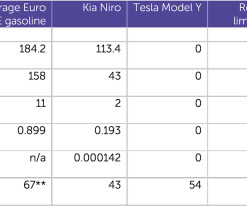

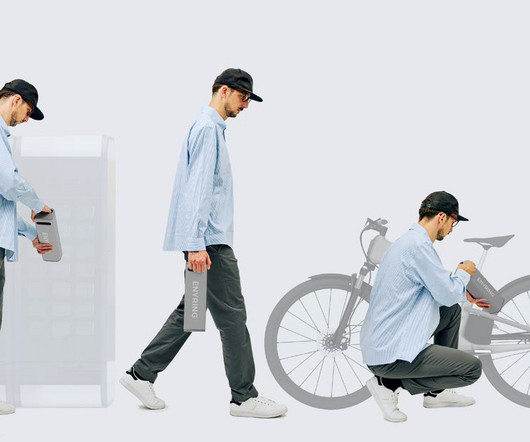






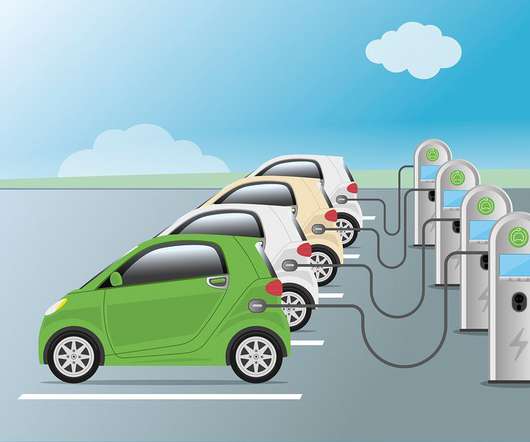



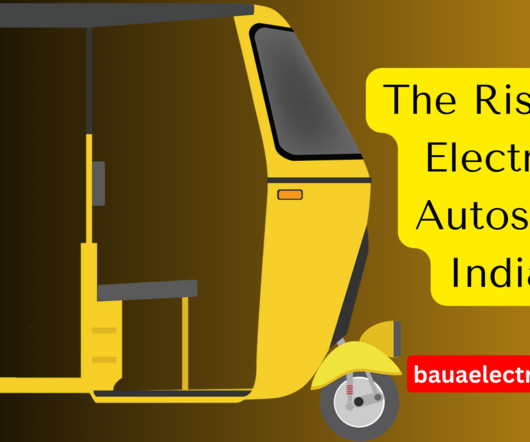





















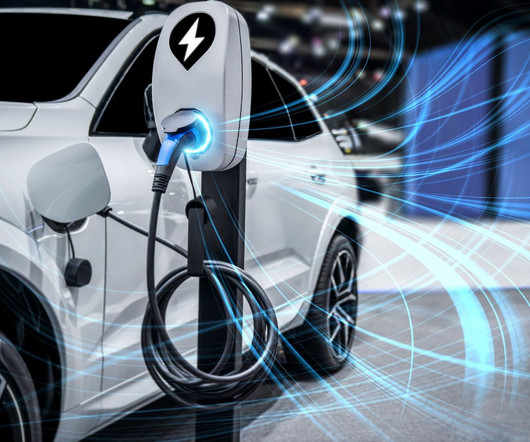



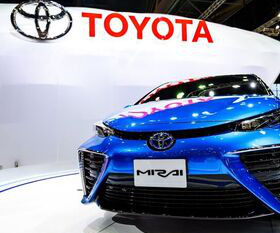







Let's personalize your content